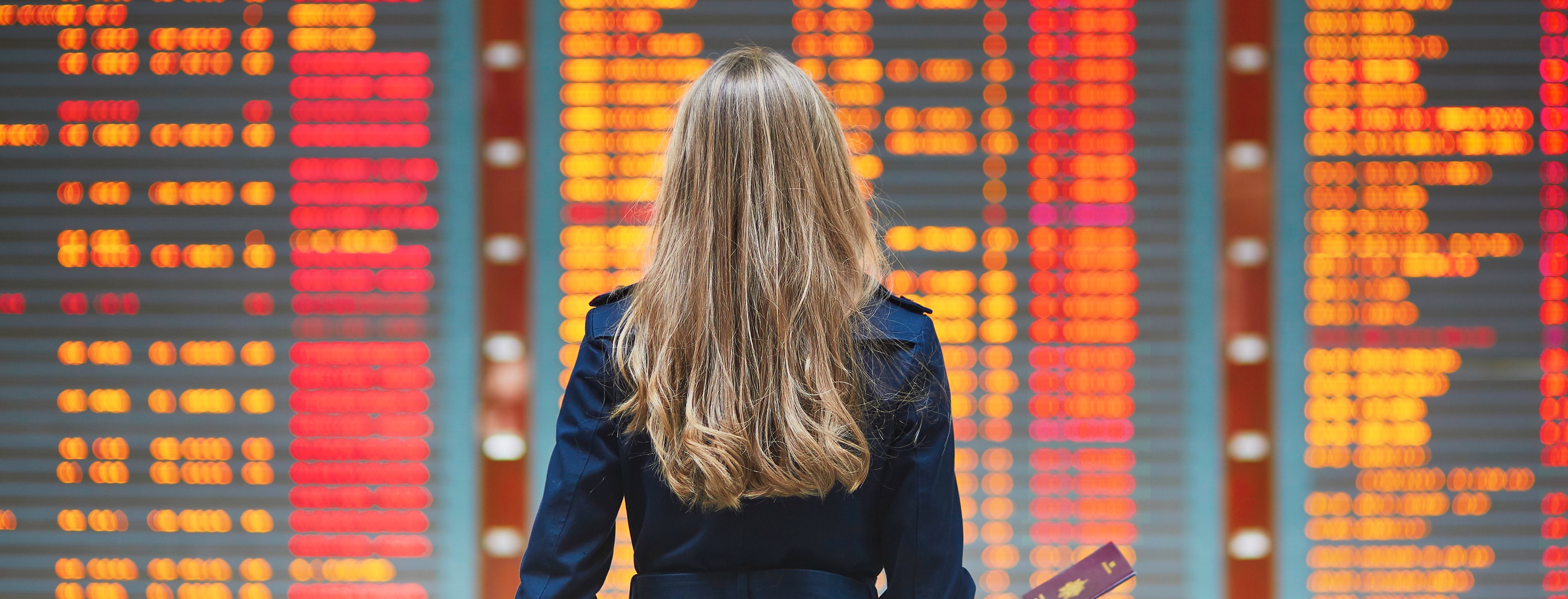Demonstrate empathy
According to Farooqui, a little PR could allay the minds of travelers fearful of being in spaces like planes and hotel rooms that are typically perceived as germy.
“Airlines use high-efficiency air filters on par with those used in hospitals, which means the air is cleaner than what you find in the typical home or workplace,” said Farooqui. “Let travelers know they can book their flight or room and if they change their mind, there’s no change fee.”
Brands could also offer promotions and sales to stimulate demand later this year. While people may not want to travel for the next few months, telling a family of four to spend $2,000 and fly anywhere in Europe this summer is an enticing bargain.
“It’s all about, can you package up the same thing you sell right now in a different way and make it more attractive to someone?” said Farooqui.
Diversify your business
Many travel and hospitality brands have made investments to improve overall travel convenience but those efforts don’t help when the overall industry is down.
Airlines, for example, should be thinking about their cargo spaces and how they could expand that offering while commercial airline demand is down. In the U.S., airlines have rerouted some wide-body planes used for international routes and deployed them to longer domestic routes. Be more scientific about how you use the wealth of customer data you have about customer behavior to fine tune what you offer to them, and when. The more agile you are to shift your business to new revenue streams, the stronger you will emerge from a setback.
Qantas, for instance, partnered with most major Australian banks in 2014 to allow travelers with virtually any credit card from these banks to earn Qantas frequent flyer points through every day spending.
“The Qantas loyalty program became more than points for a flight, expanding into a marketplace and go-to commerce channel,” said Lubetsky. “People are engaging with Qantas and not even flying. This is great for people who might not be traveling but want to stay connected to the brand. Especially if you’re someone who does travel a lot but right now you aren’t, you can still earn points. Those who help the customer now will be able to get back highly engaged customers when they do return.”
This is also a time for brands to test out new business models, such as subscriptions. Look for ways to connect with customers who are loyal to your brand but haven’t reached the highest tiers of loyalty.
“What if people who are in a lower loyalty tier but travel all the time opt into a subscription model that gives them new perks and earnings and helps them go up the loyalty chain?” said Lubetsky. “These are travelers who haven’t been getting the highest benefits from your program but why not give them more value, all wrapped up in predictive revenue? And those travelers now don’t see the competing airlines in the same way because you have a subscription, a commitment to a specific airline.”
Improve inventory and products
Brands also need to be sensitive to their staff’s needs during times of crisis, and while many will inevitably fall ill from COVID-19, this is also a time to present learning and growth opportunities to staff.
Singapore, a COVID-19 hotspot, created a Tourism Recovery Action Task Force to aid its tourism industry’s recovery. The task force is offering absentee payroll and course fee support for businesses affected to send their employees to various training opportunities. The goal is for tourism businesses to use this down time to train employees so that they’re better prepared for similar events in the future and ready to elevate the brand experience when demand picks back up.
Many brands should also use this time to complete or move forward with renovations and improvements that will reimagine products that inspire travelers when they feel comfortable returning.
The recovery
It’s human nature for people to want to venture beyond their homes and regions to explore new places. The travel and hospitality industry has weathered many catastrophic events in the past such as 9/11 and the Great Recession, and in every circumstance travel always climbed back and flourished. COVID-19 is unique in that there’s no clear end in sight or economic model to predict how long the virus will pose a risk. But the good news is that many travelers still have money to spend, it’s just fear that’s temporarily holding them back, and the same is true for many companies’ travel budgets.
“Those travel brands who have the resilience, demonstrate empathy with the traveler at the center, streamline operations and diversify revenue streams will rebound stronger with a loyal and trusting customer base,” said Lubetsky. “New offerings from ancillary revenue streams to integrate into the core offering and new operational efficiencies to scale will also help the bottom line.”
Dan Peltier contributed to this report











